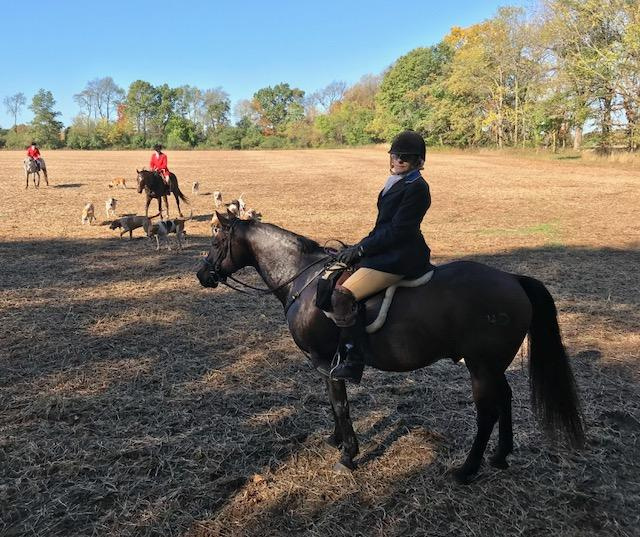I think there are a few different places where “hot seat” can be created.
-leg - if you are used to riding horses that require more leg to stay in the same gear/speed, then you are likely in the habit of squeezing with your leg more, which can cause a more speedy horse to think you want more speed. This can also come from a novice rider getting nervous or it happened once with a field hockey player, her “light leg” was not what it seemed because she was so muscled - never saw that horse go so fast!
-incorrect/inappropriate use of aides - for a novice, it may be lack of knowledge, for a more experienced rider it may be not knowing what buttons to push. The first time I rode a seasoned dressage horse, he was going ALL OVER THE PLACE and I knew I just didn’t know the dressage buttons but it was frustratingly hilarious when I couldn’t get him to stop backing up or turning on the forehand or something. I was riding him to test him when I rode at a sales barn and no dressage instructor in site to help me. We figured it out. I also saw this on my mare when I put someone that swear they knew how to ride on her and next think I know they were cantering around because she kicked to hard with her outside leg.
- rein use - believe it not…some horses that are used to “contact means fast” will pick up the pace when you pick up contact. A lot of times that means individual then pulls back to slow down but horse keeps going faster and “hilarity ensues”. It can happen with to light contact but I see it more commonly with more contact than less.
-anxiety - causes all sorts of muscle tensions that can lead to holding with leg tighter, harder contact, leaning forward, all the above at once. This one usually has a perpetual positive response - anxiety causes X, causes horse to start picking up the pace, causing more anxiety, causing X to increase, causing horse to think even faster is the way to go, etc.
On a side note- leaning forward/curling, is often then least addressed issue and the one I find the most helpful to fix. Lean back, look up, kind of forces people to relax and everything else falls into place. Maybe just the distraction of finding a treetop to look at, I don’t know, but it works.





 .
.